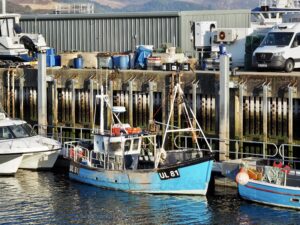 On our way from the Orkneys to Skye we spent a single night somewhere that I have not visited before – the north-western fishing port of Ullapool.
On our way from the Orkneys to Skye we spent a single night somewhere that I have not visited before – the north-western fishing port of Ullapool.
Though only there for the briefest of sojourns we liked Ullapool. It had a busy, unexpectedly youthful feel about it – in some ways not unlike Tofino on the west coast of Vancouver Island.
We stayed in The Arch hotel, the which is right on the harbour front. This is the sort of place where there is no check-in desk… you simply go into the bar and the barman leaves his post to show you to your room.
This barman also advised us that there was to be live music that night in the bar, featuring an extraordinary young accordionist called Ruairidh Maclean, who himself hails from Ullapool. As we were staying within yards of the venue I thought I would pop in for a number or two… and ended up staying for the majority of his set.
Maclean plays an accordion that is not only equipped with pickups (for amplification) but also not one but two MIDI interfaces. By means of these devices Maclean can add instrumentation to the accordion – for example, guitar and banjo to the keyboard and bass guitar and kick drum to the buttons. He explains fiercely that he does not use backing tracks but that all of his extensive palette of sound is delivered live. That his repertoire includes AC/DC, Fleetwood Mac and Tom Jones says a lot and he delivers with a fierce joy (and not a little anger).
He also plays this original number, written by a friend of his who has moved to Canada – the which I found particularly moving:
https://rumac.bandcamp.com/track/poaching-days
I am very glad that I attended the gig.

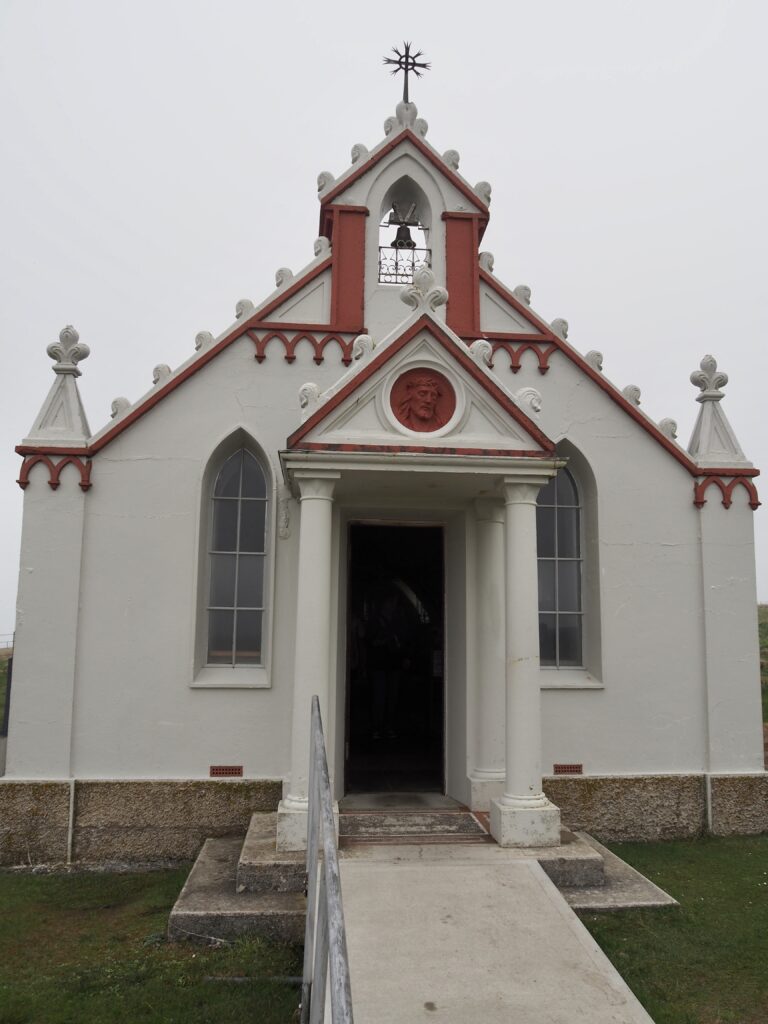
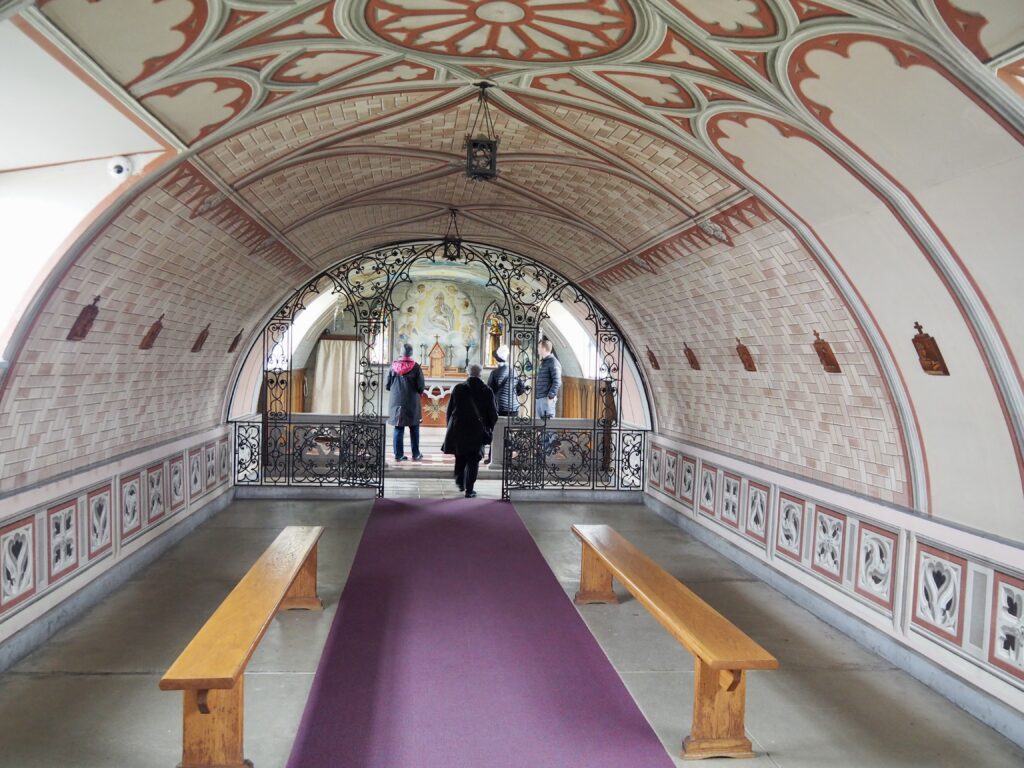
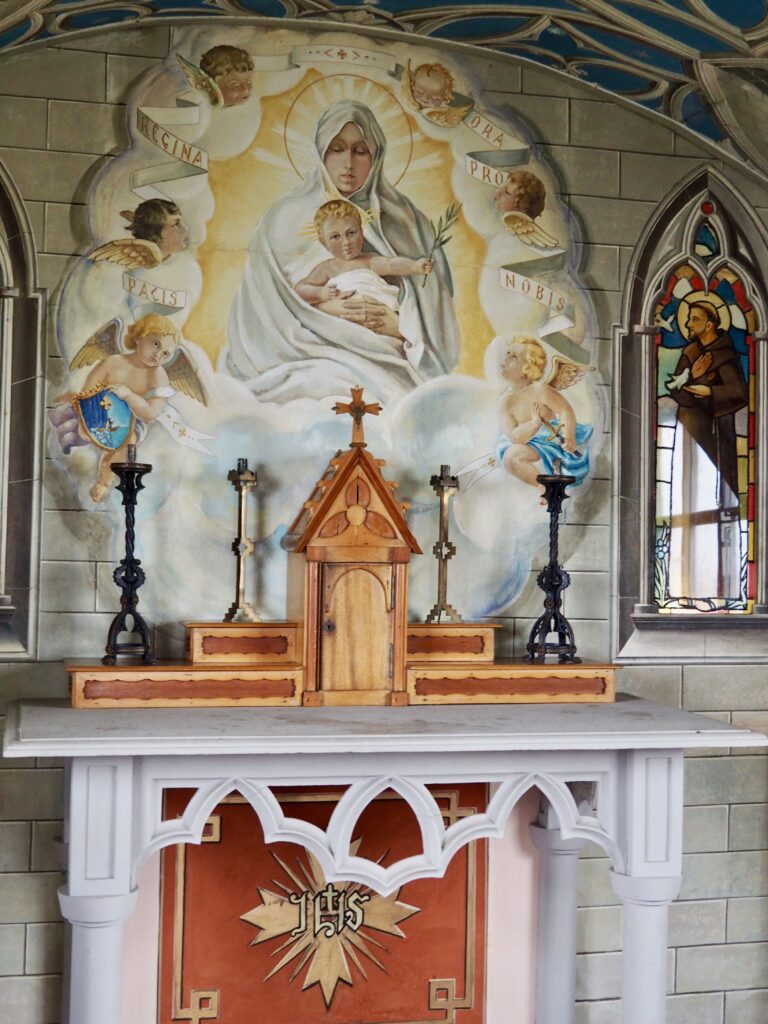
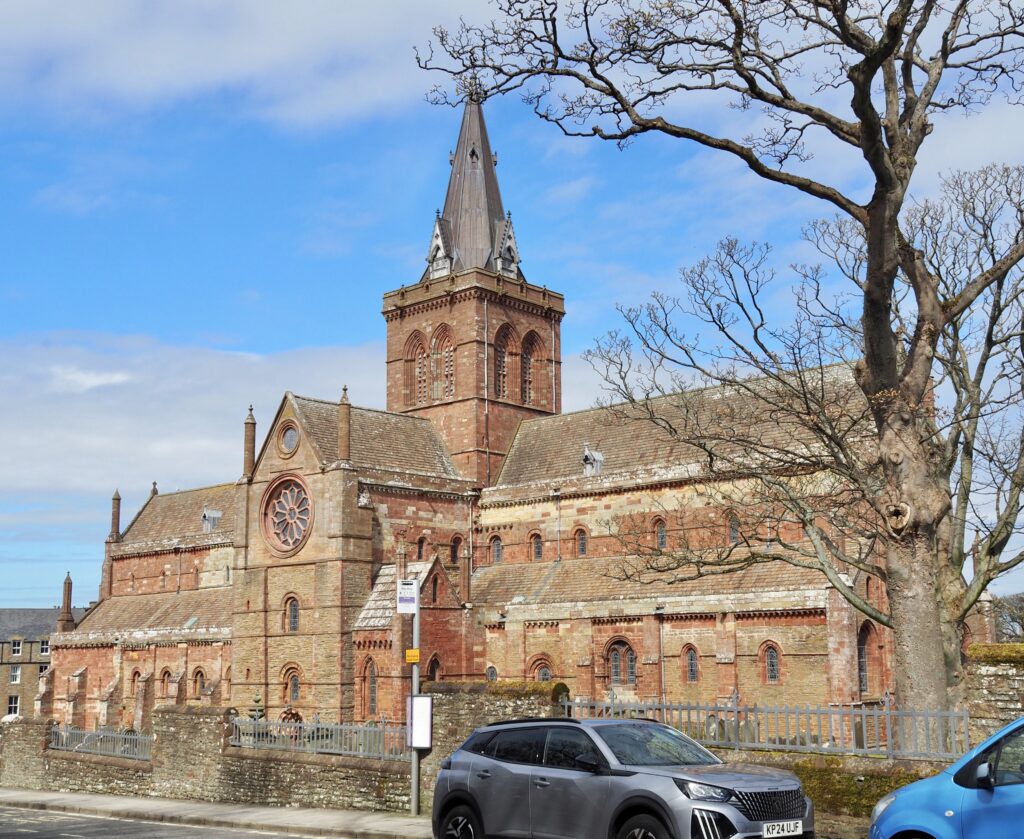
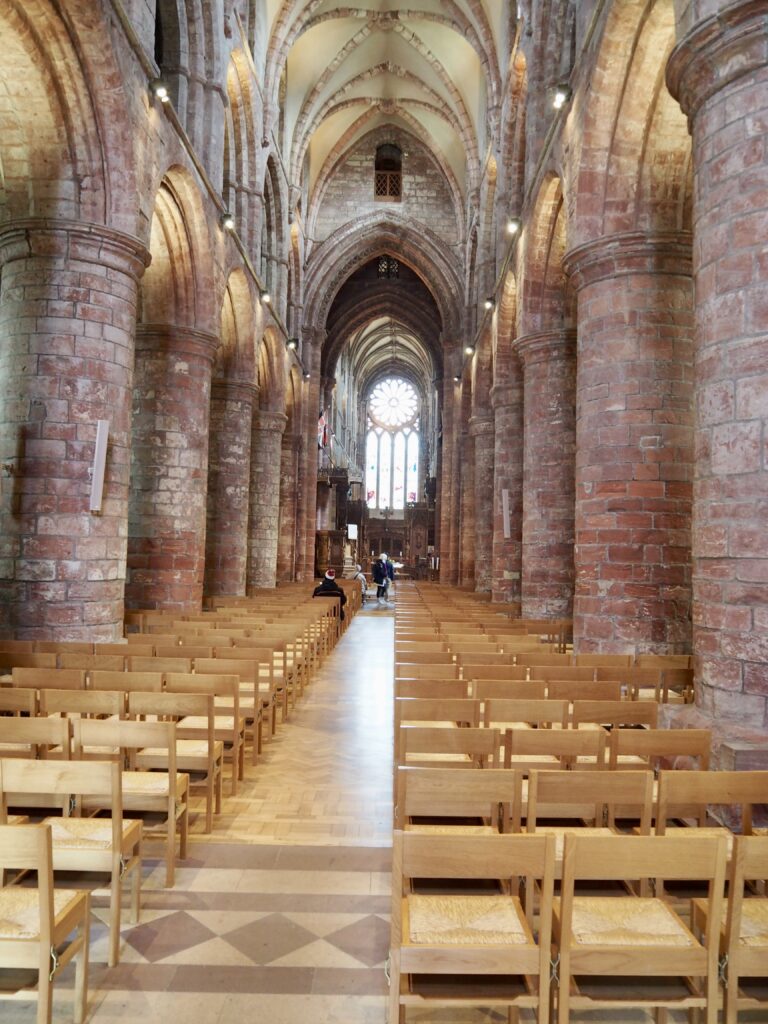
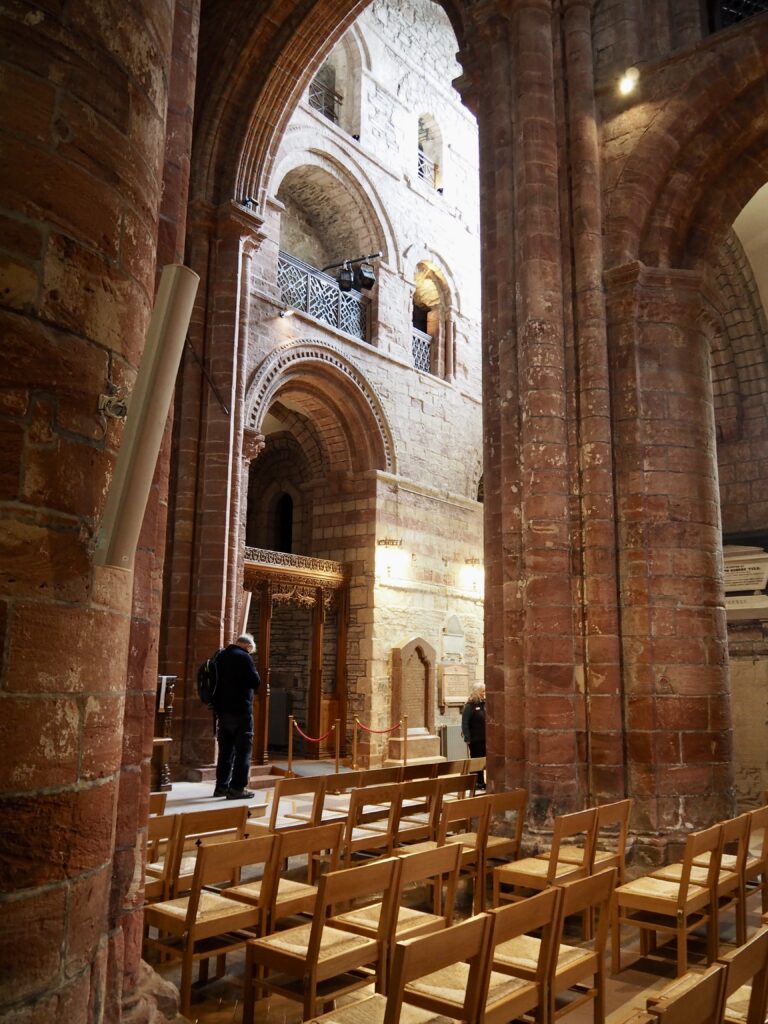
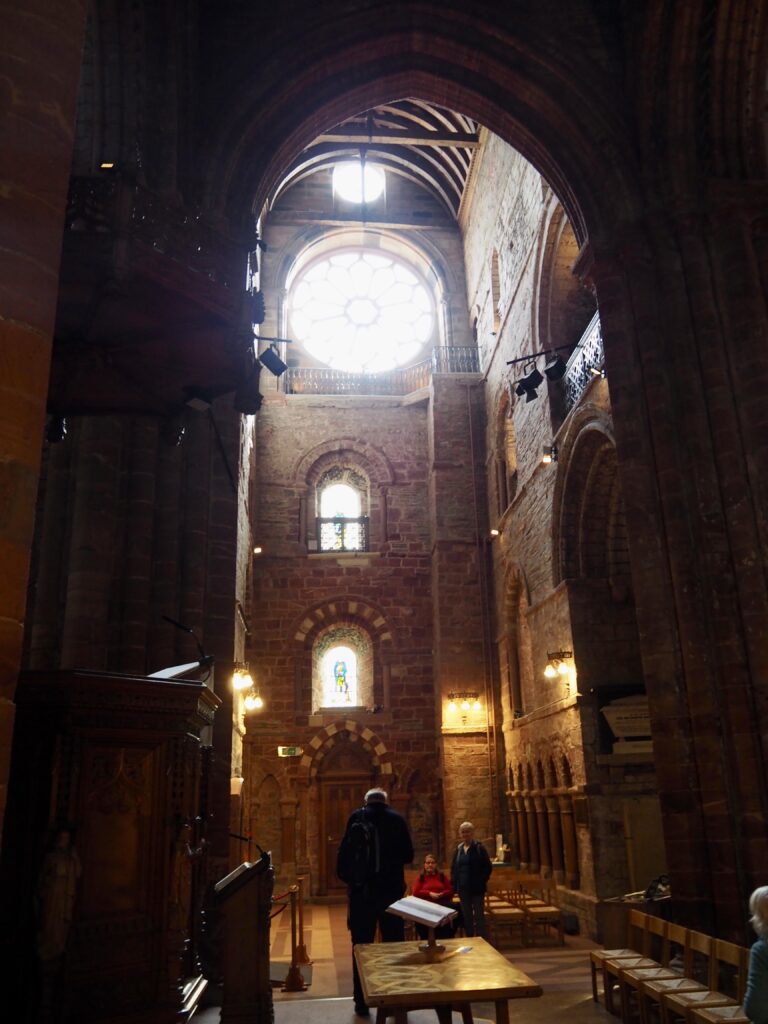
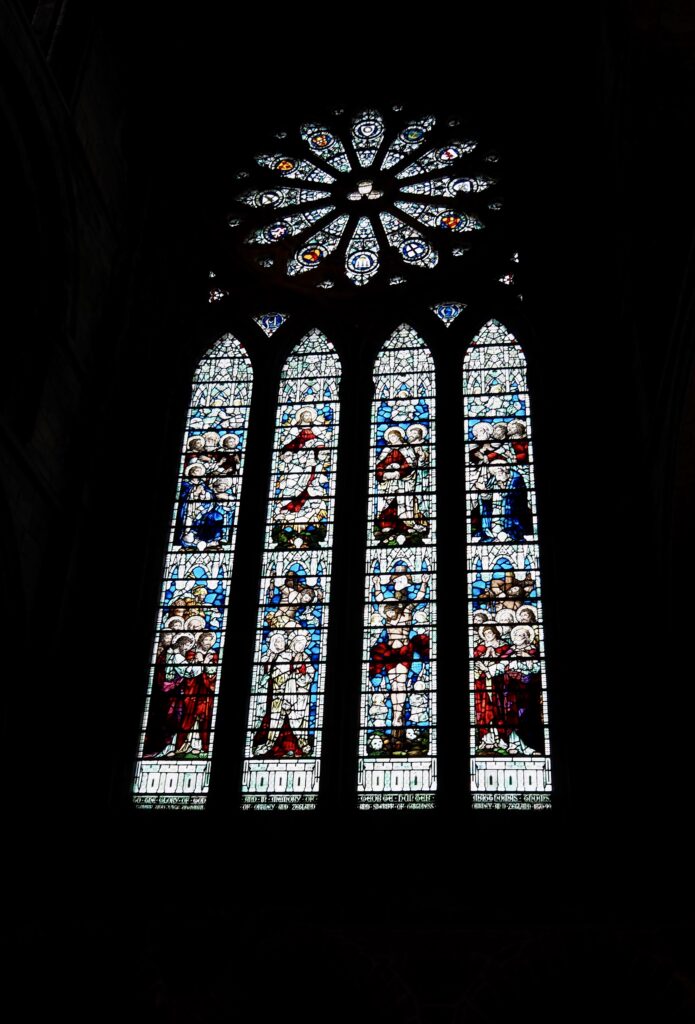
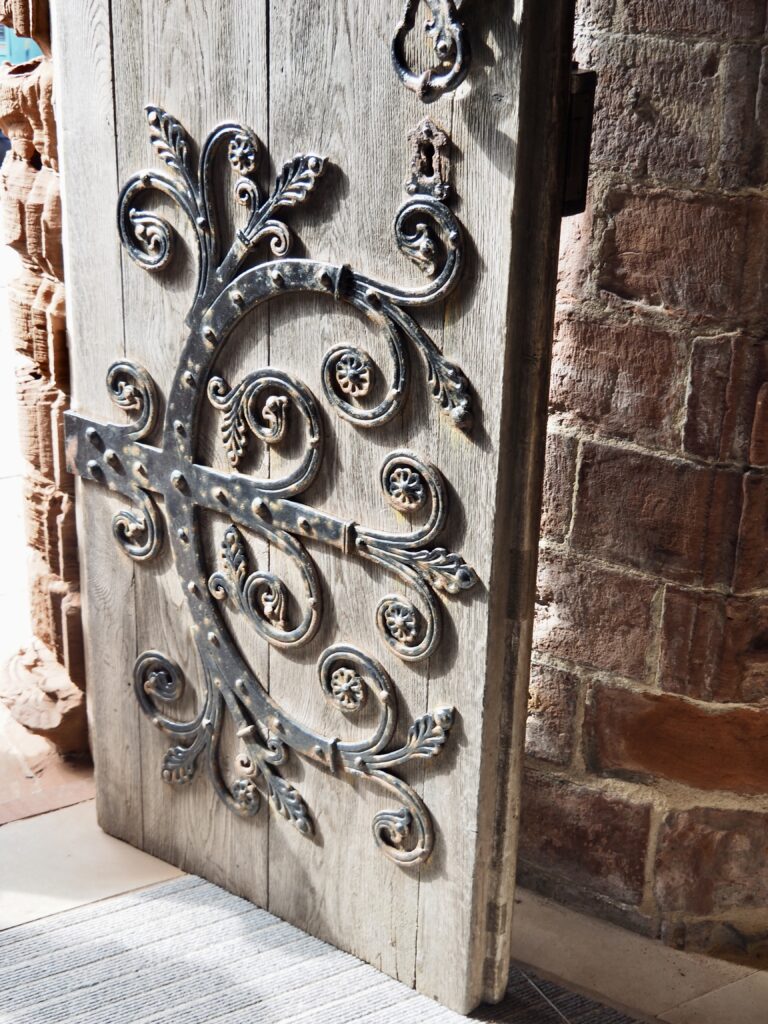

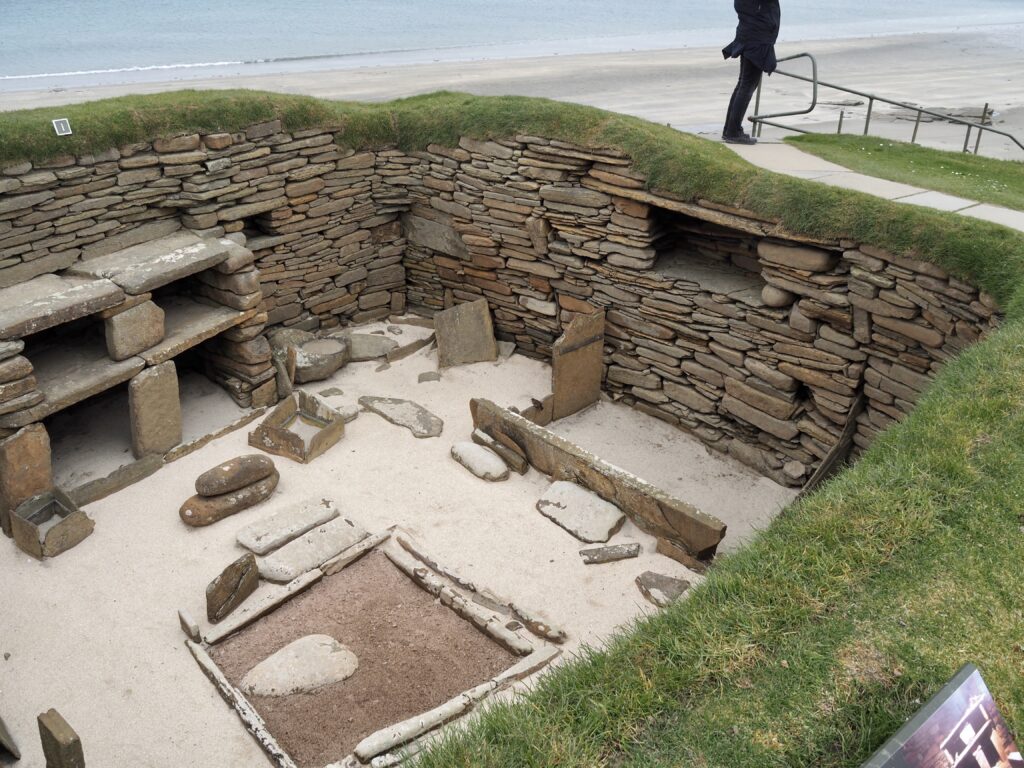
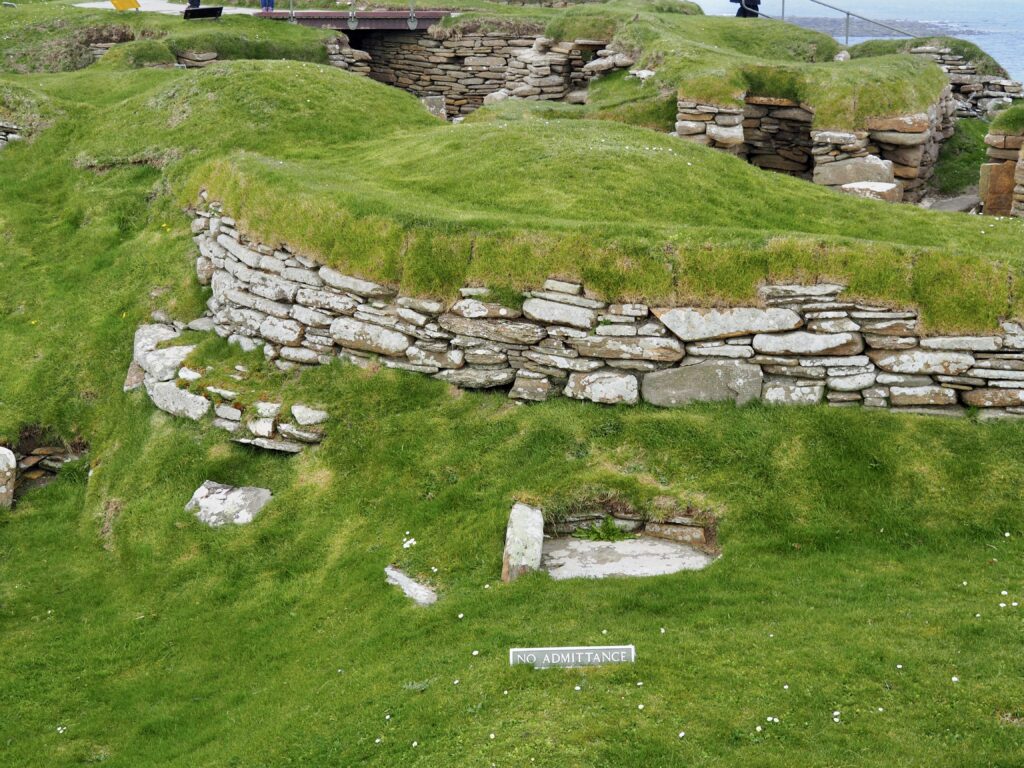
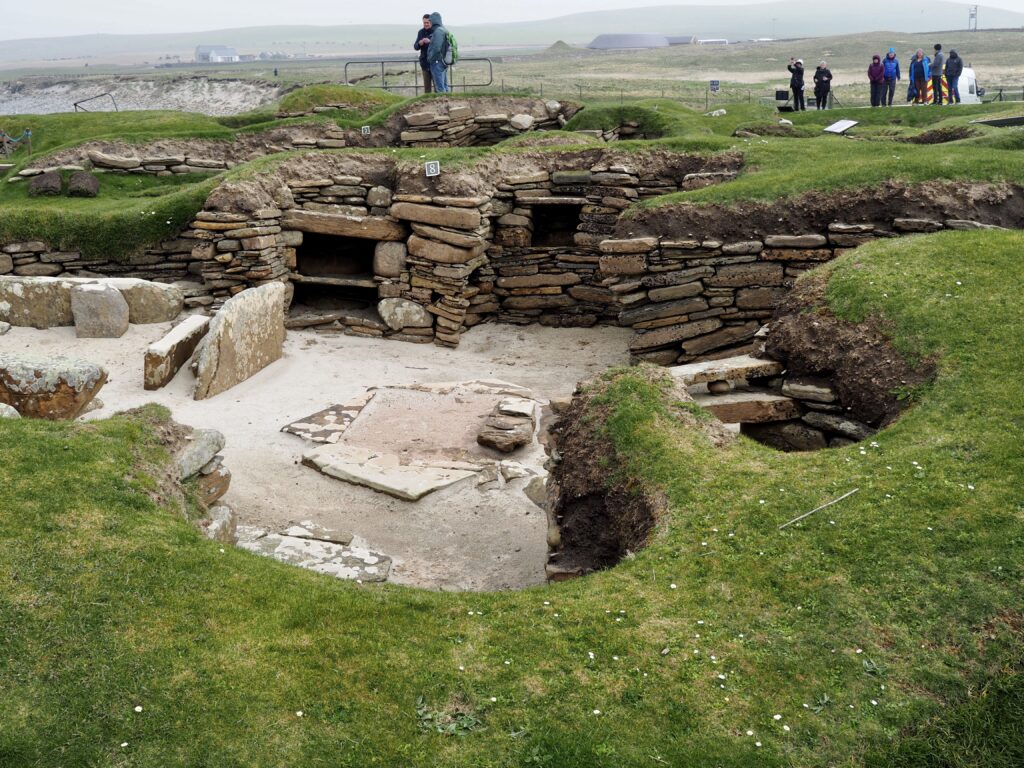
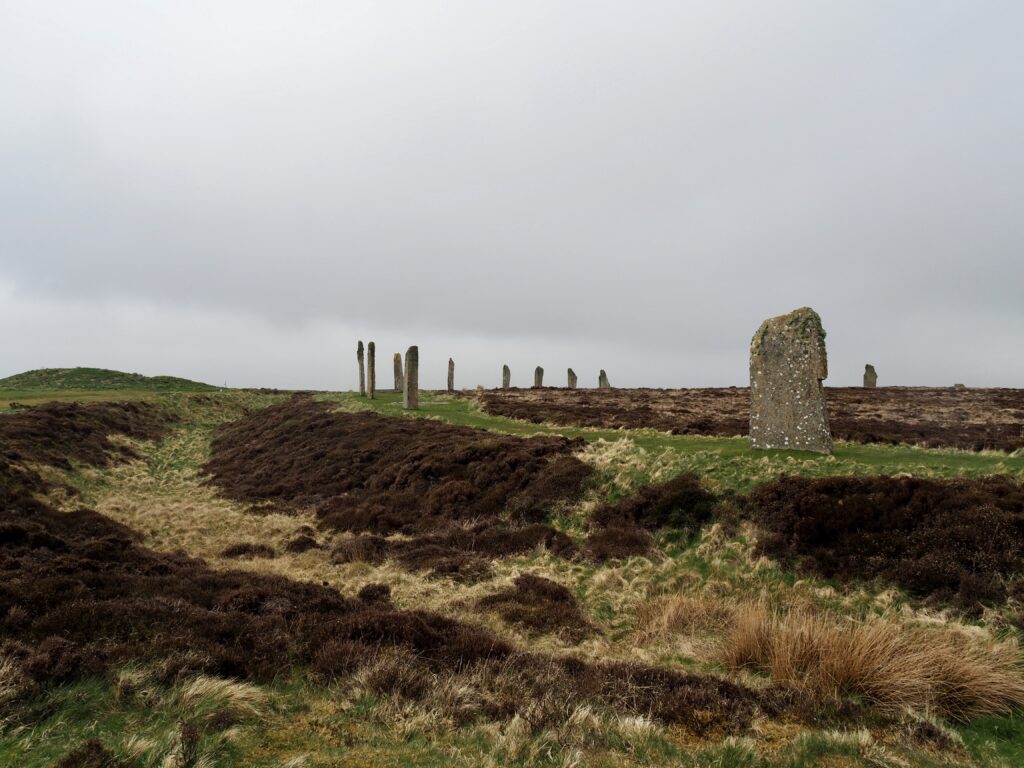
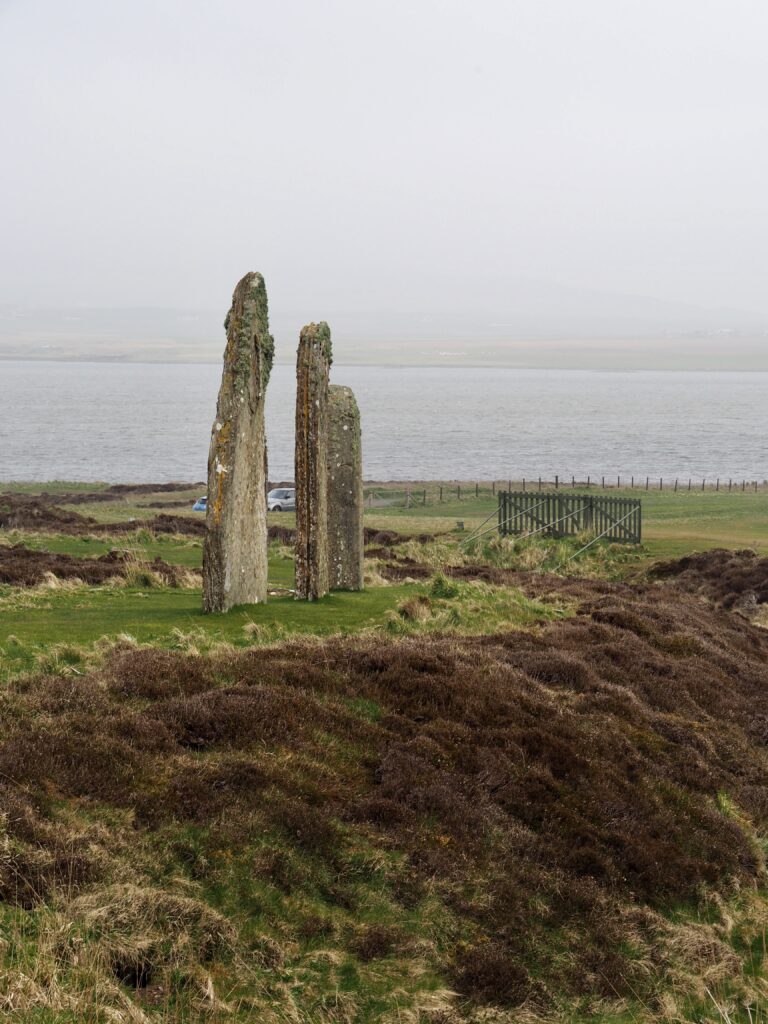
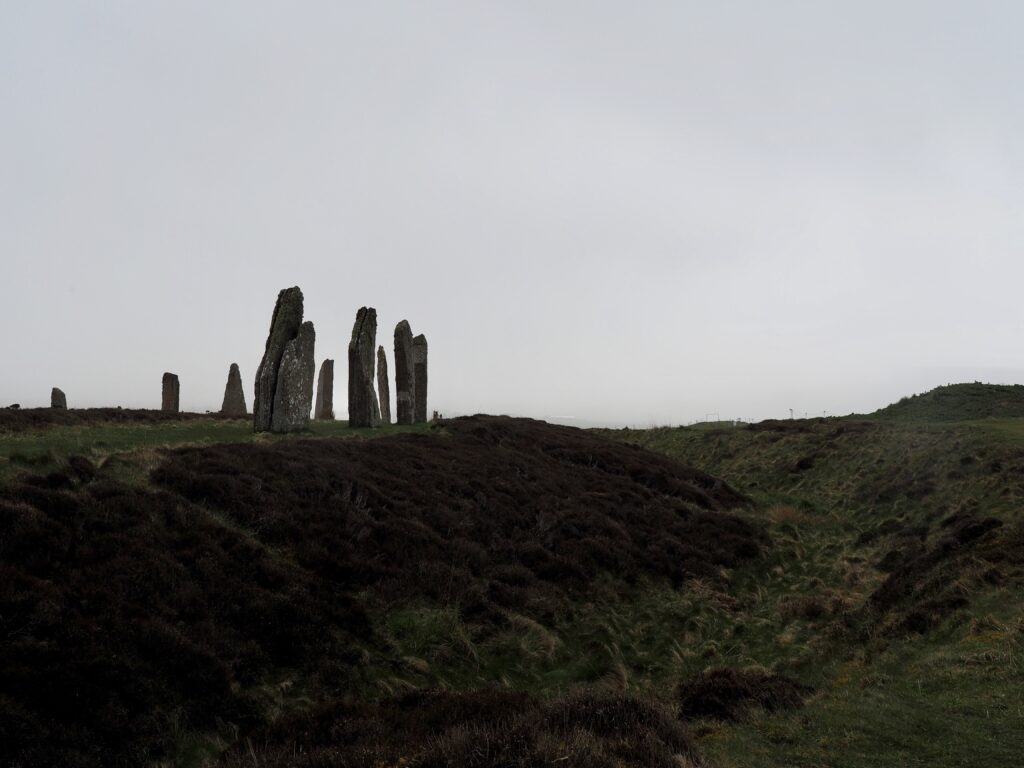
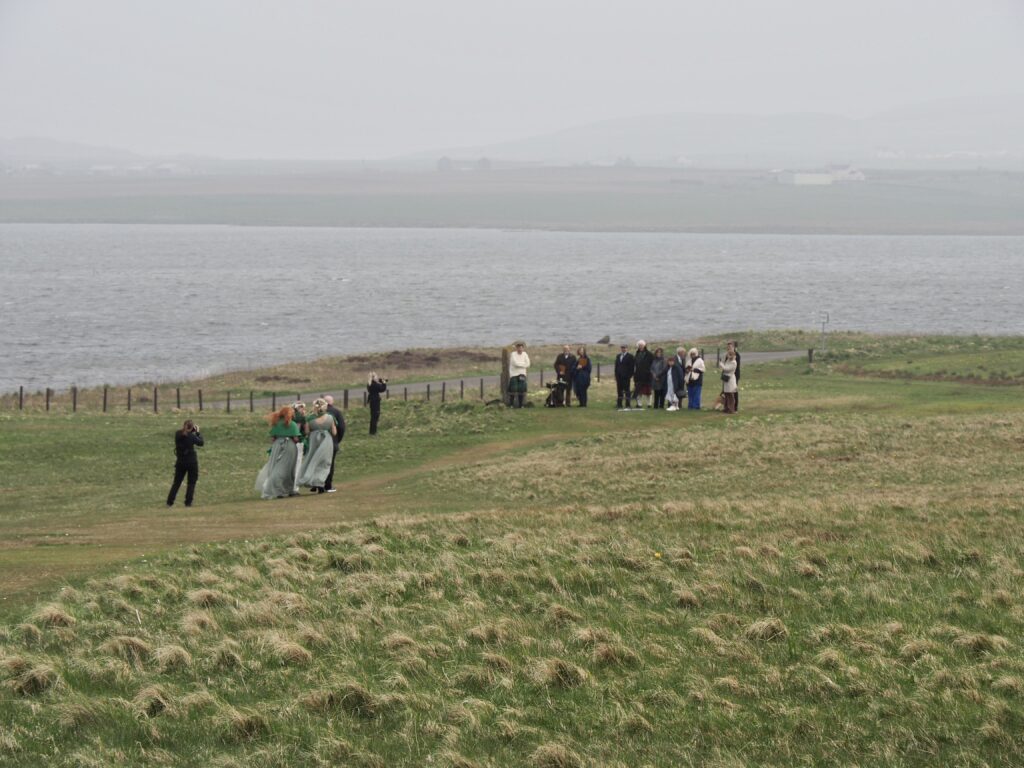
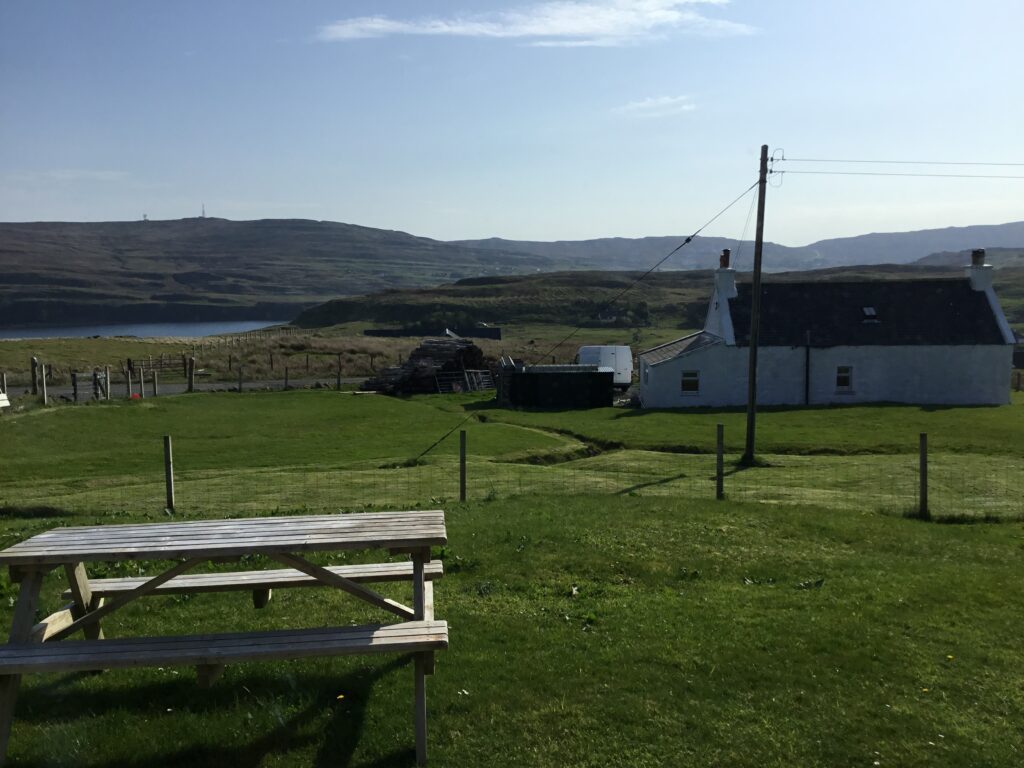
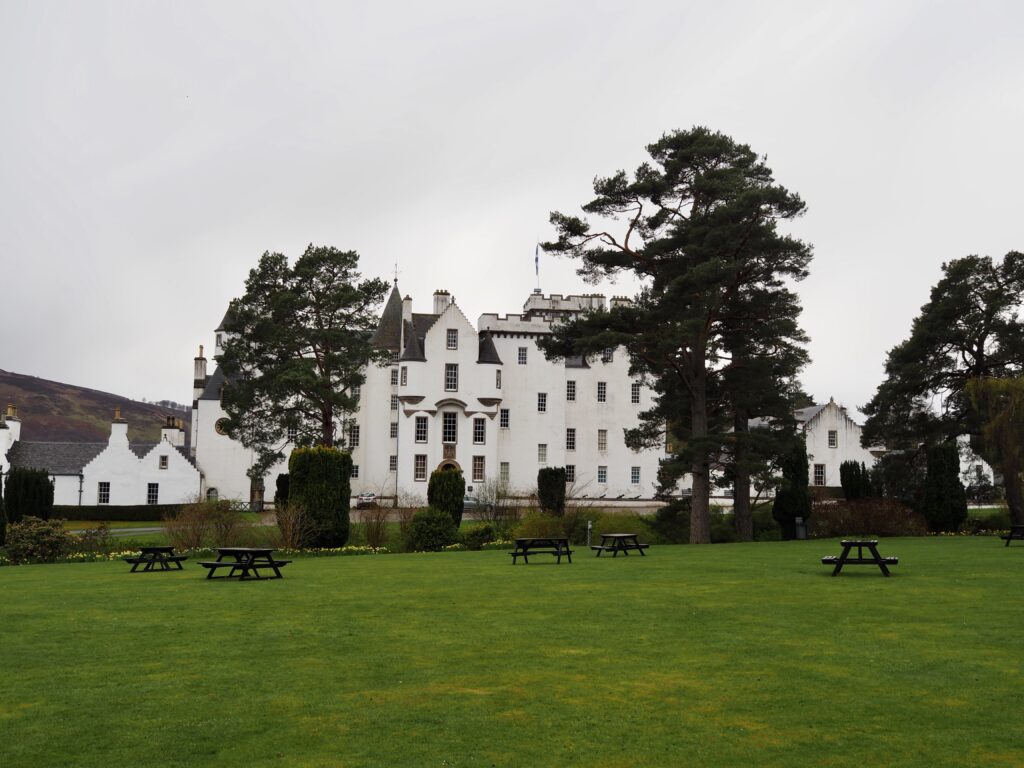
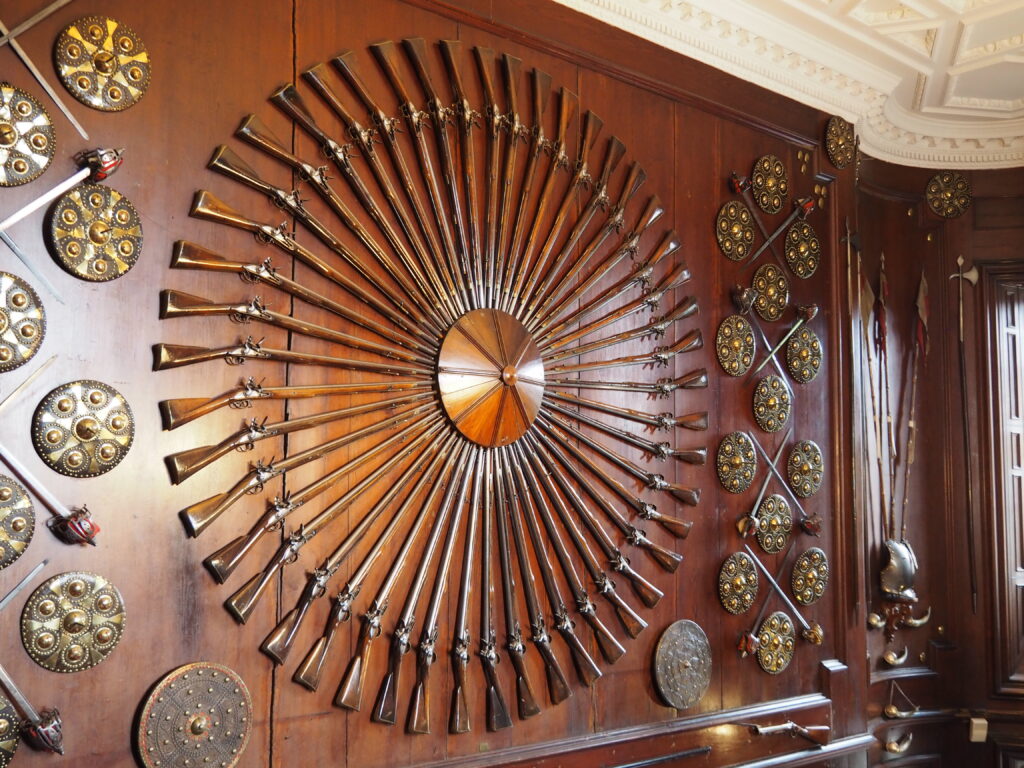
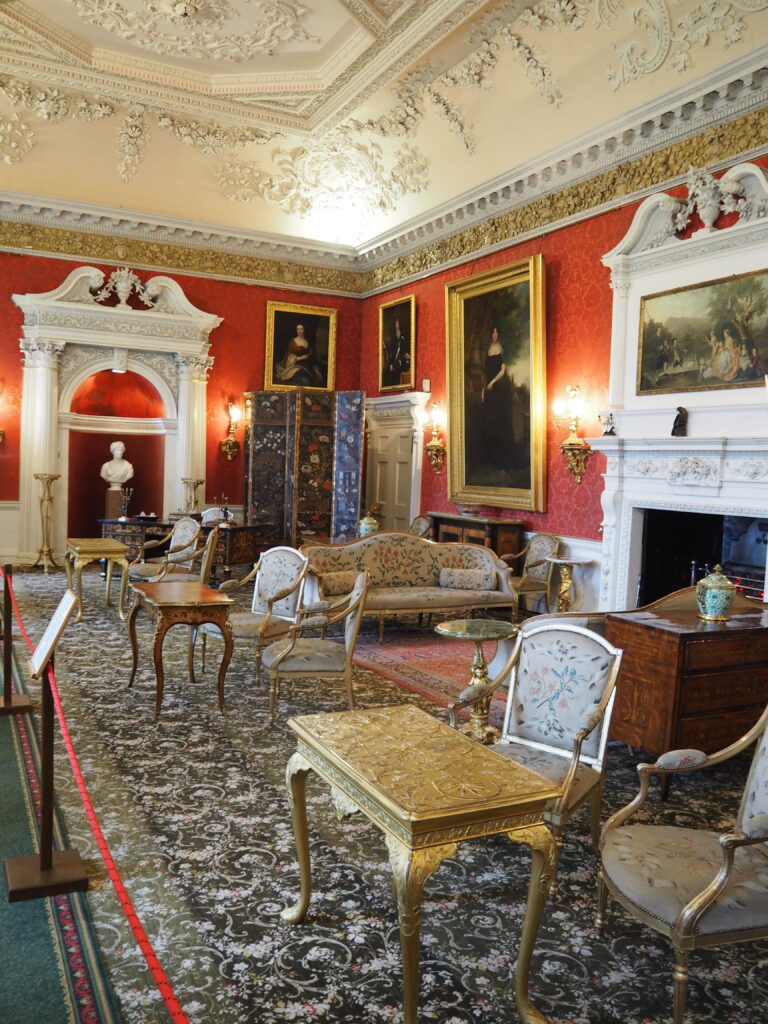
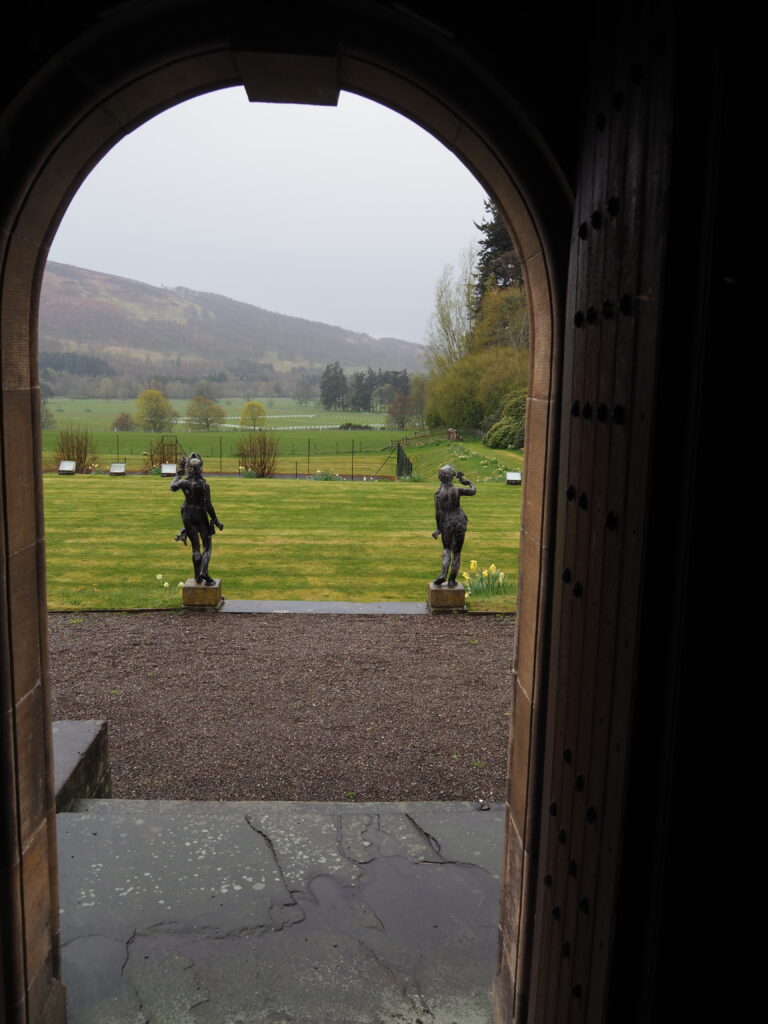
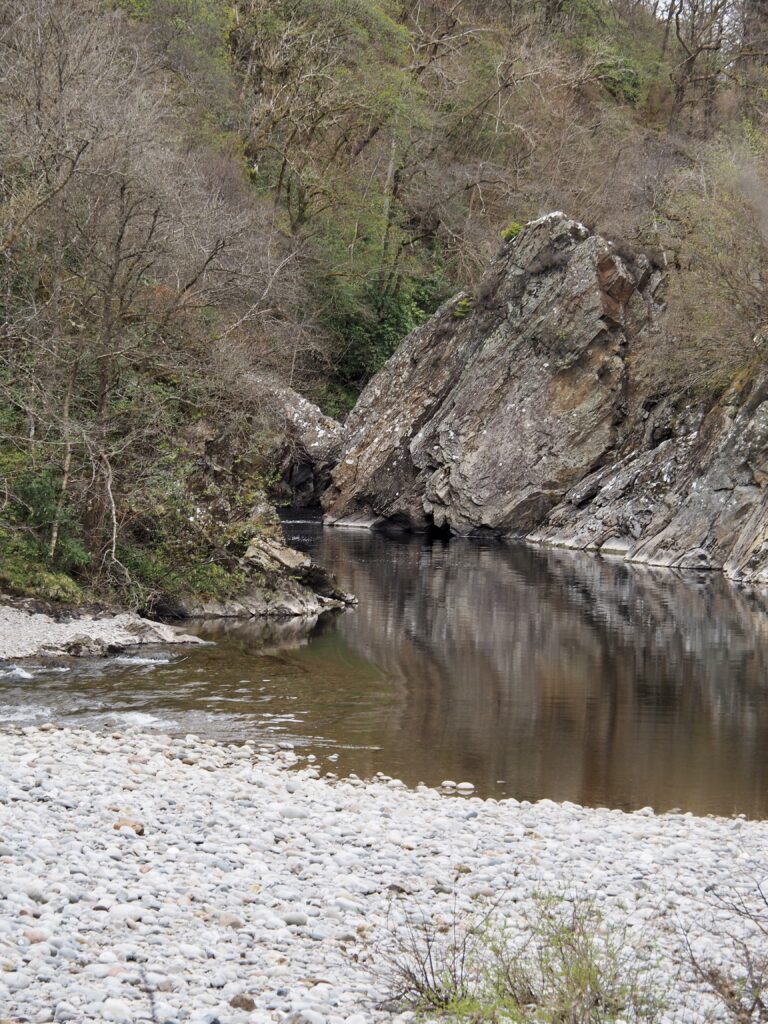
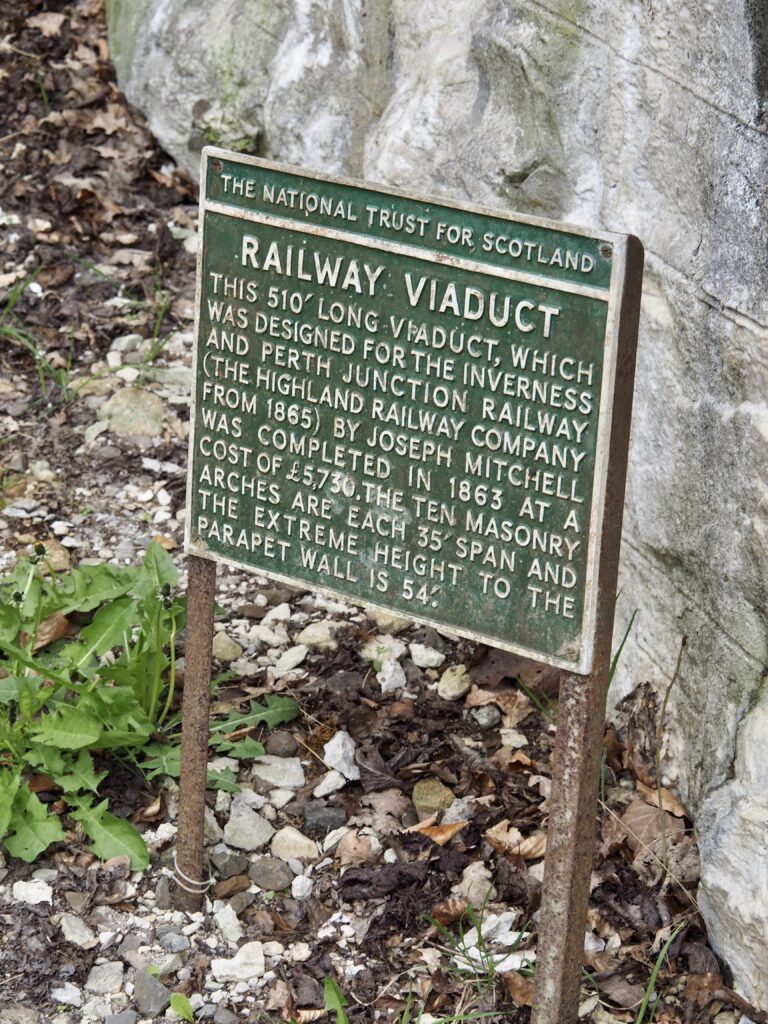
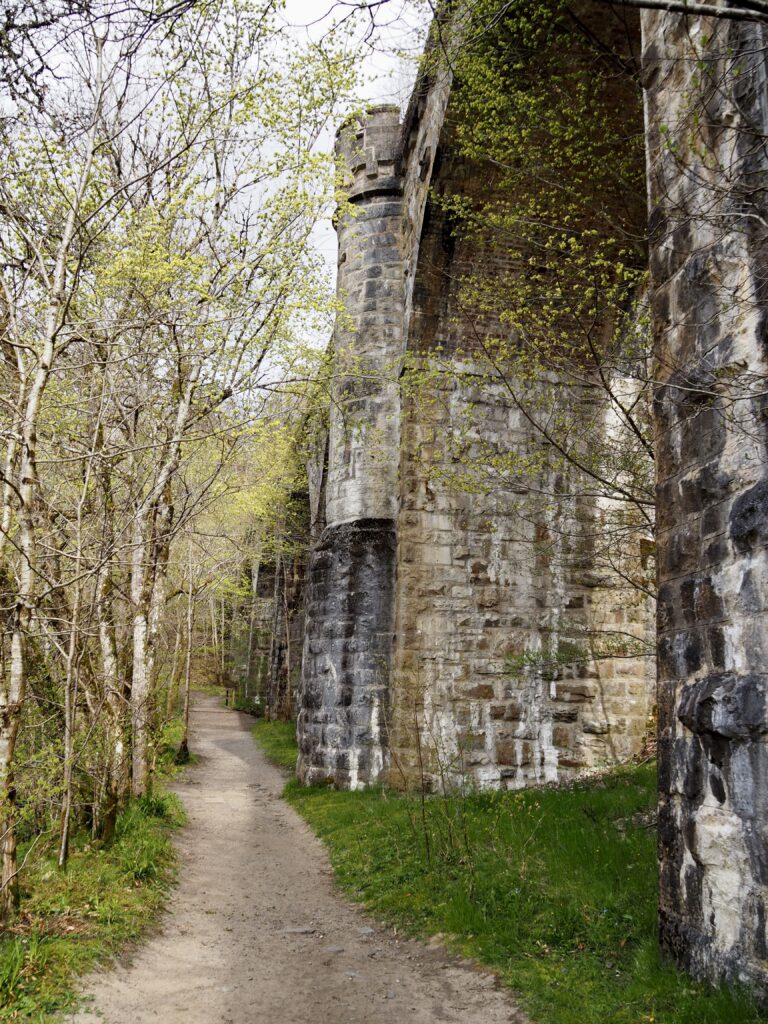
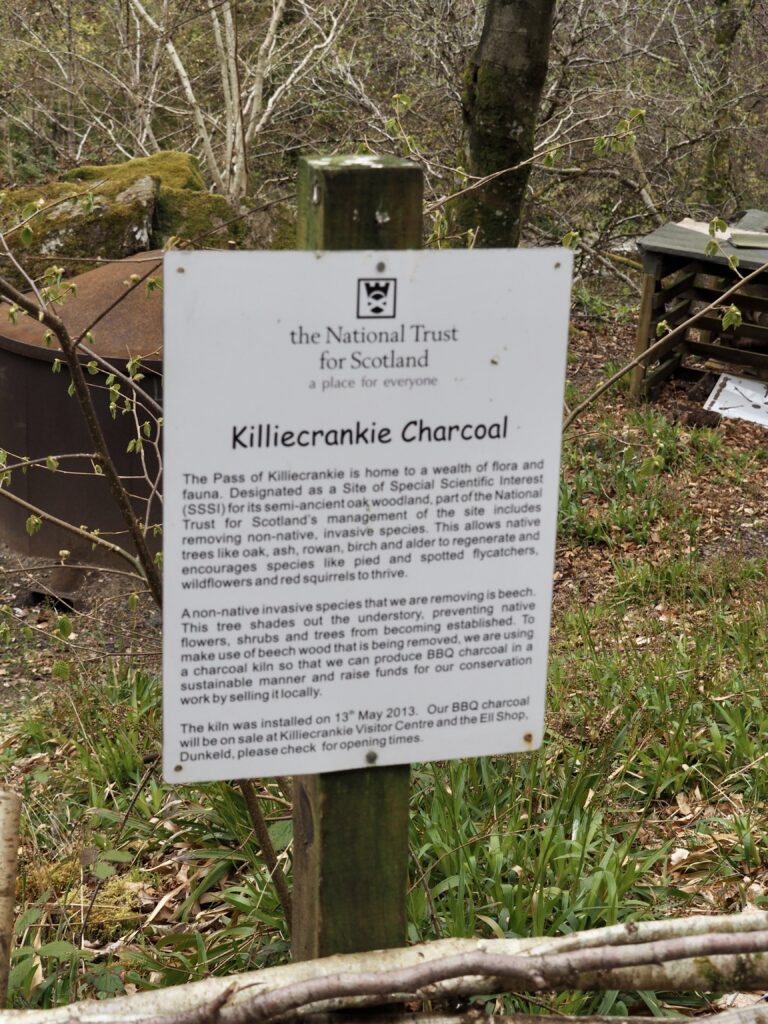
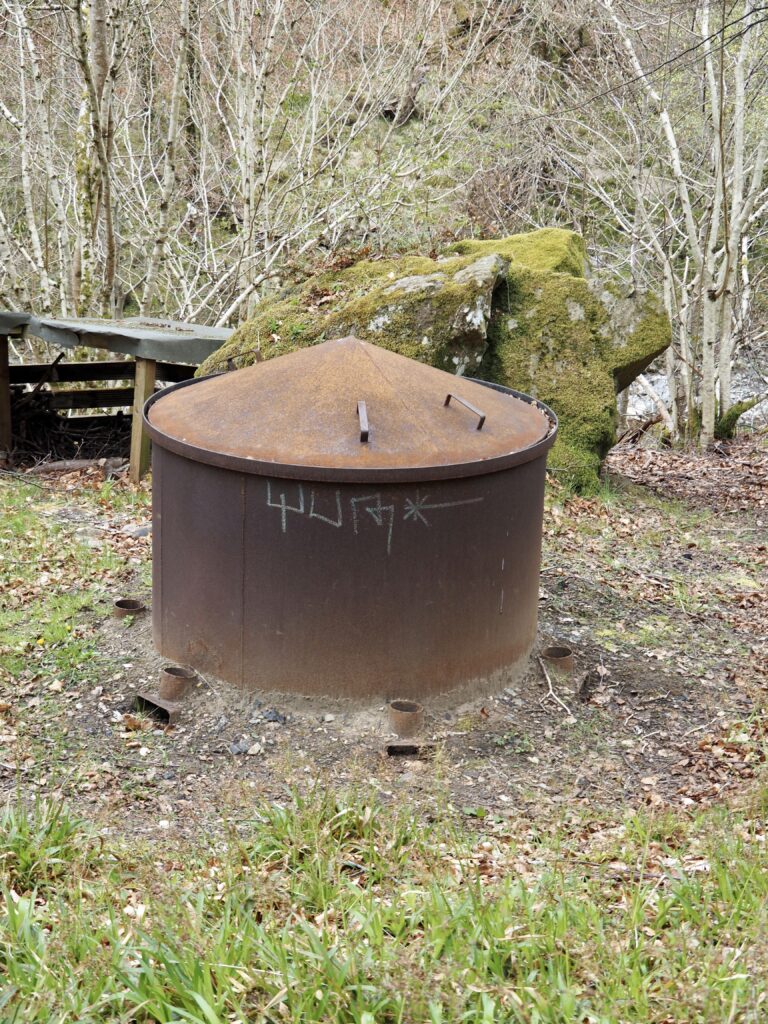
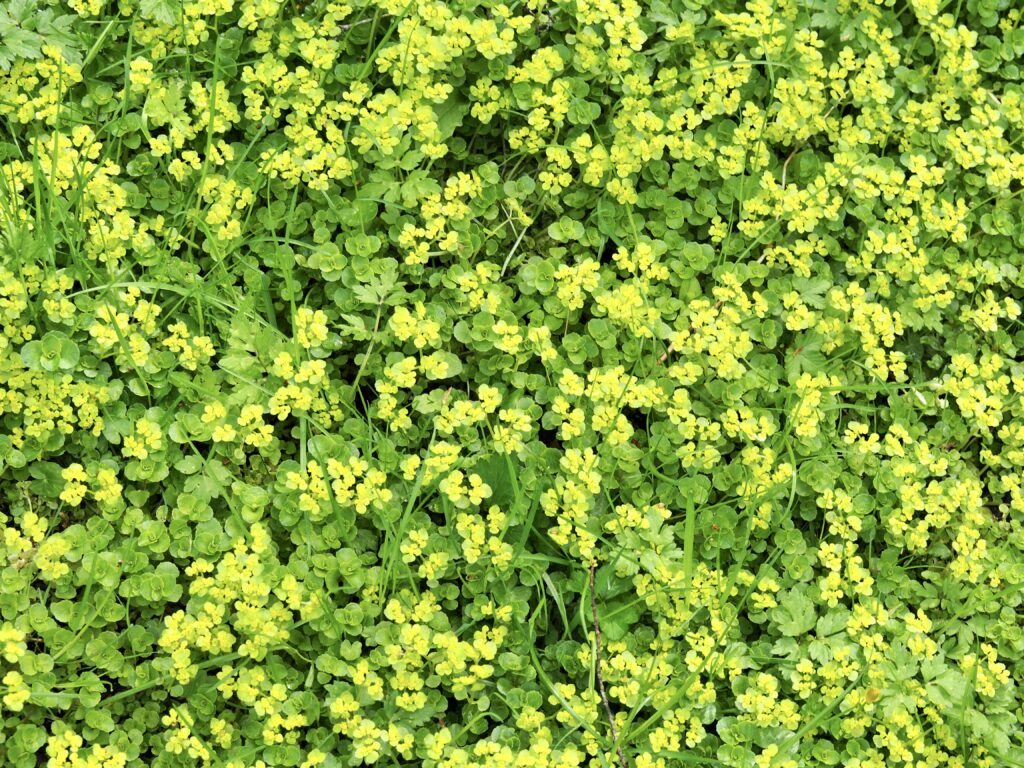
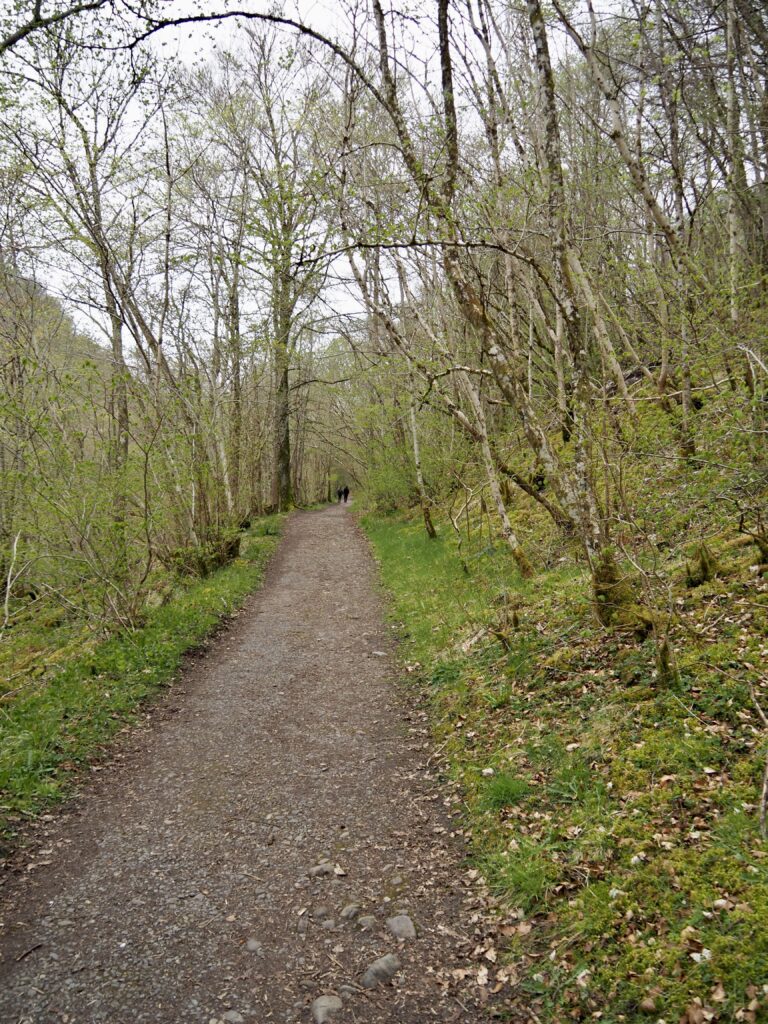
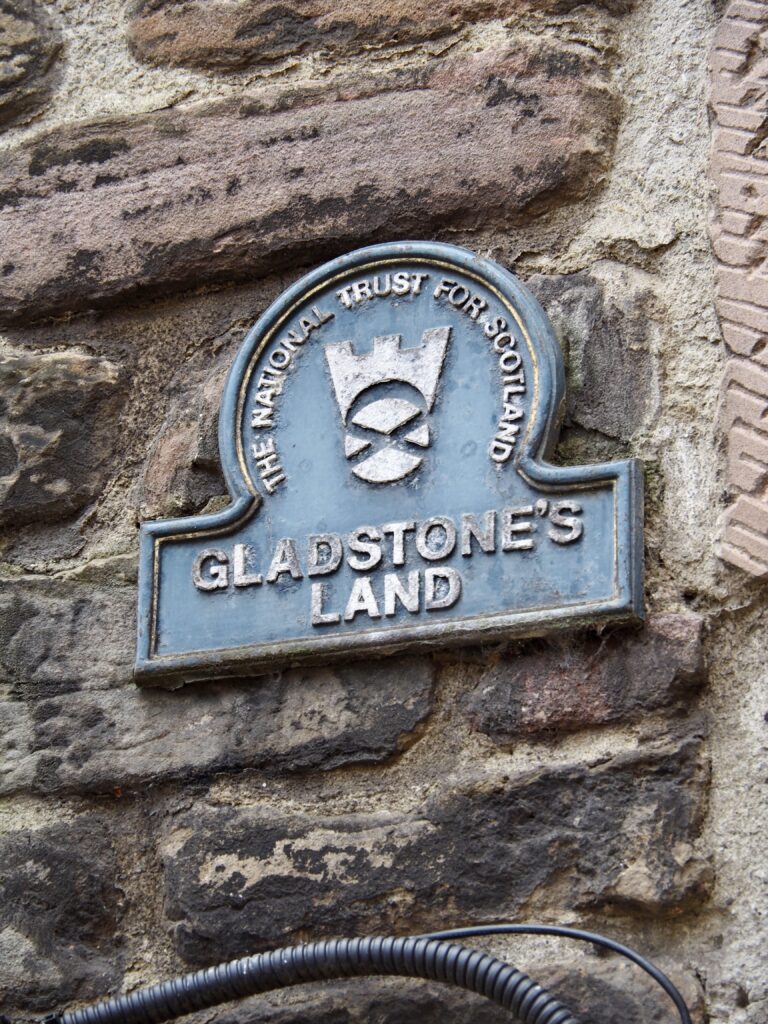
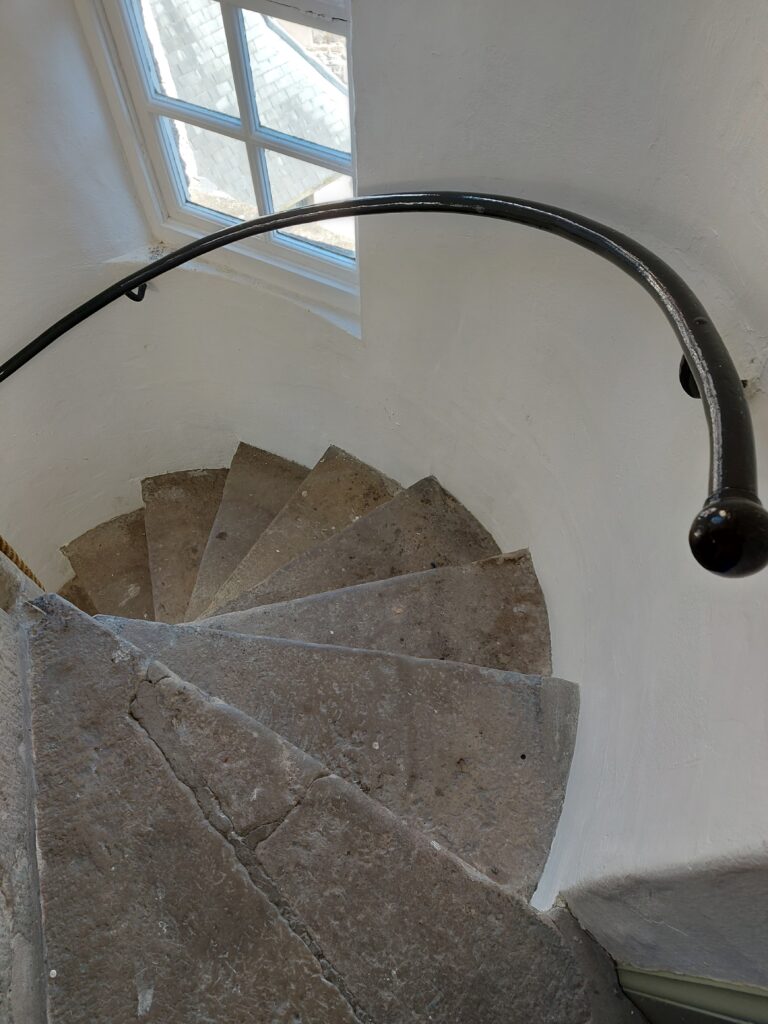
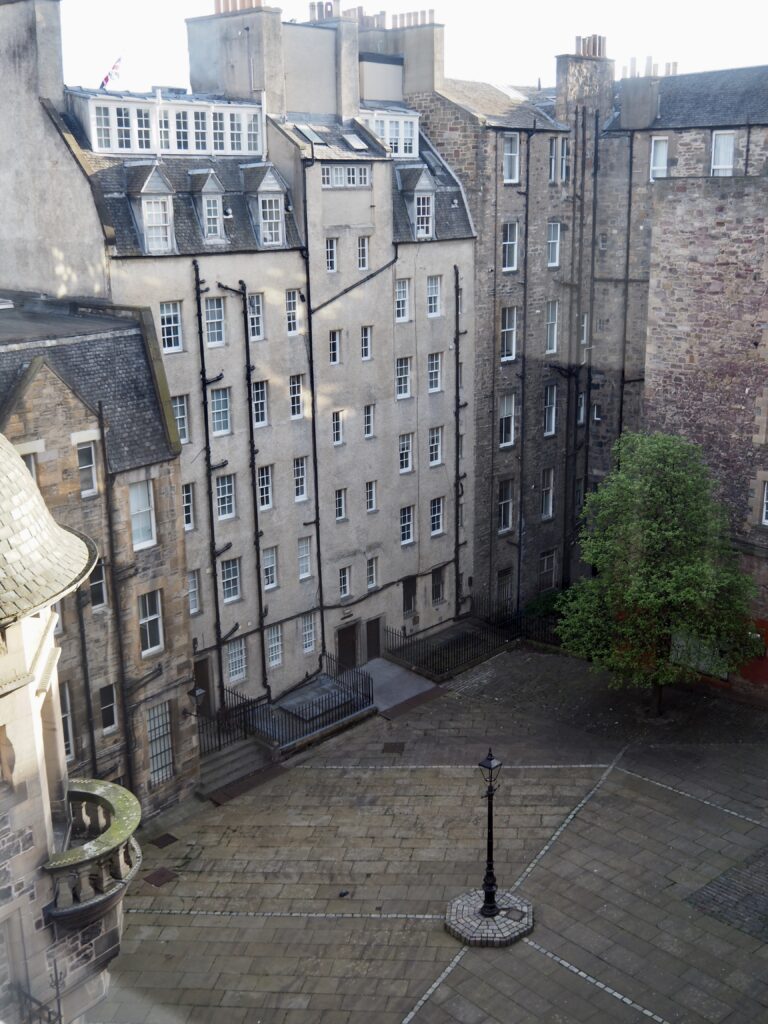
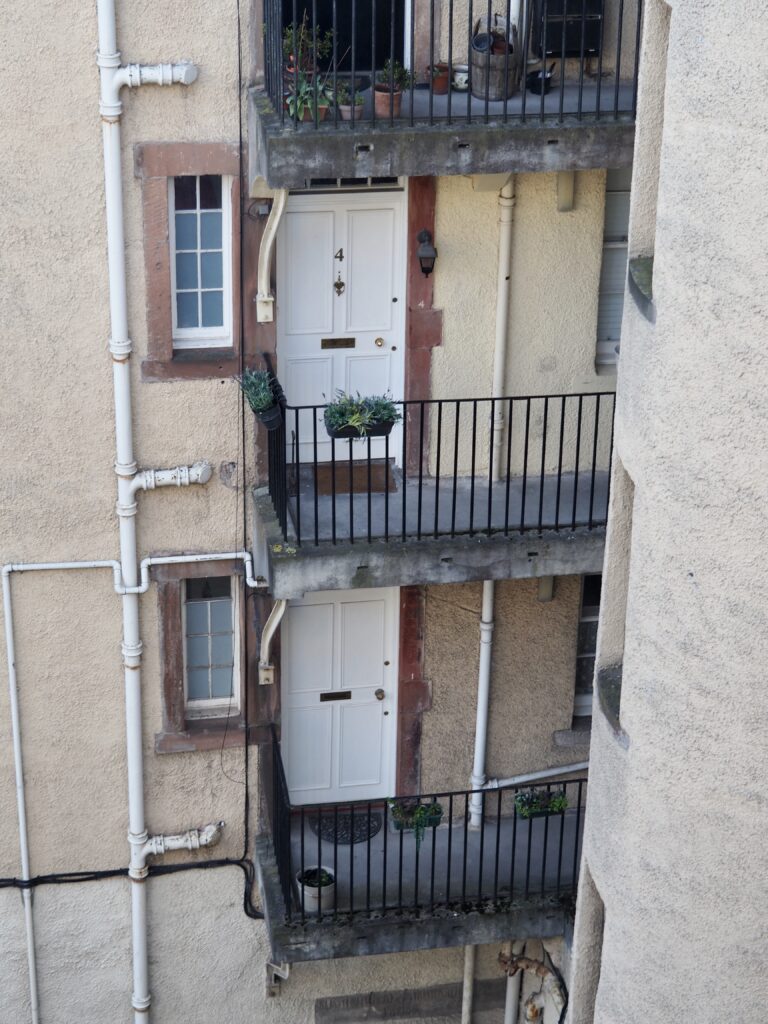
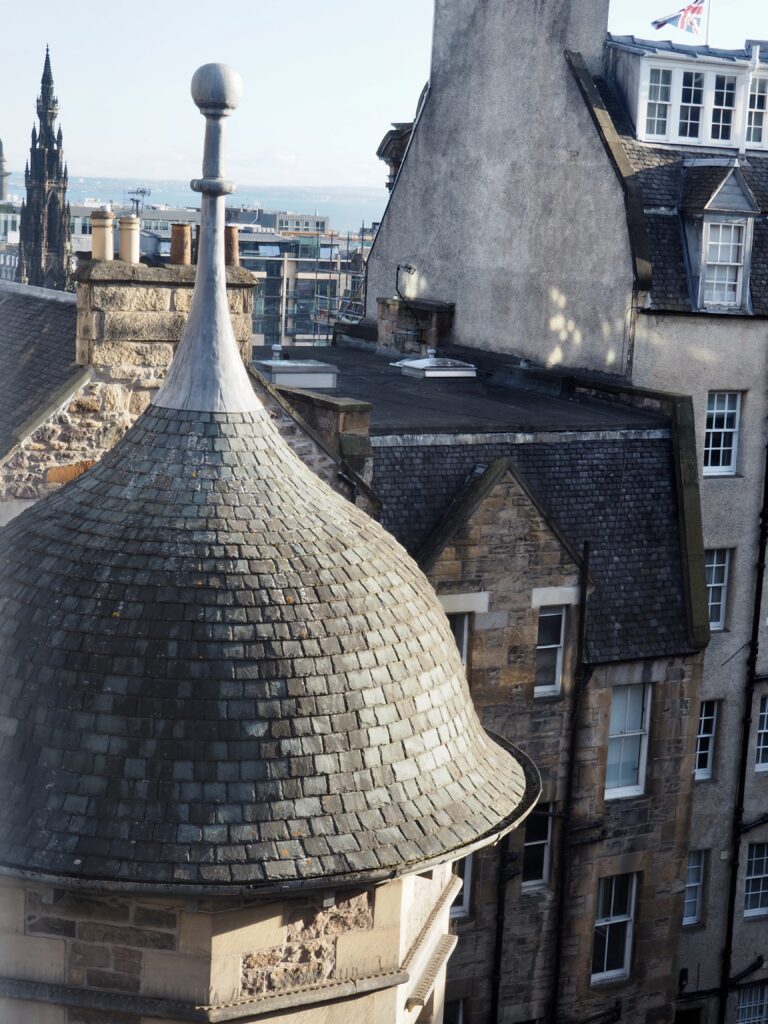
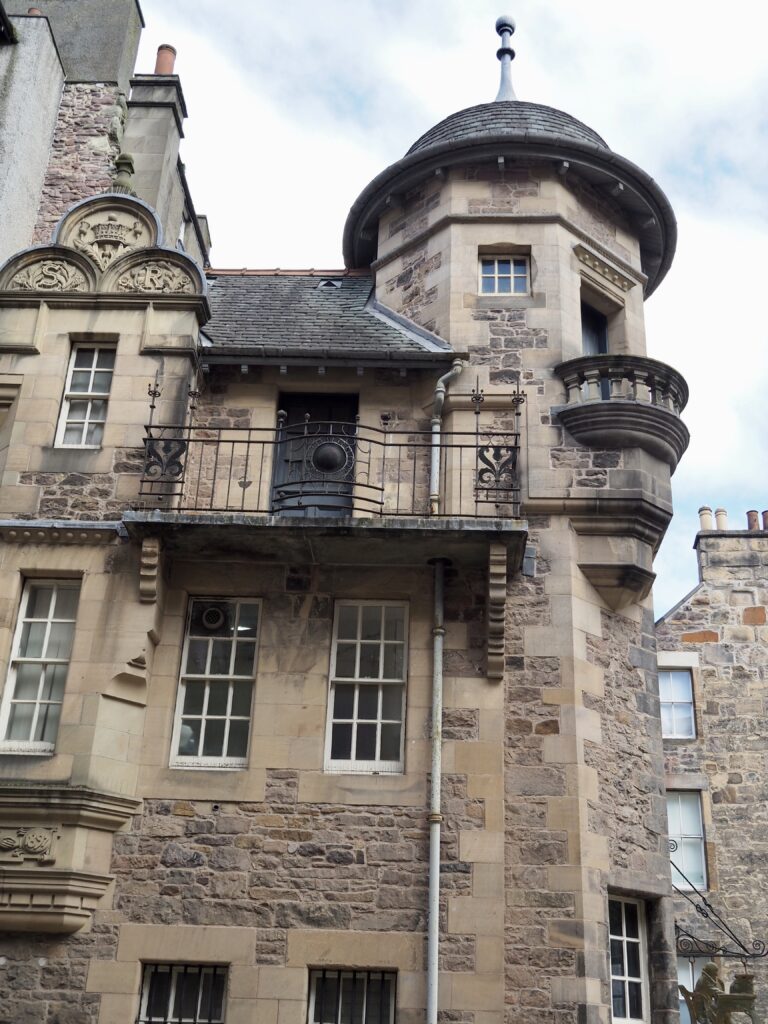
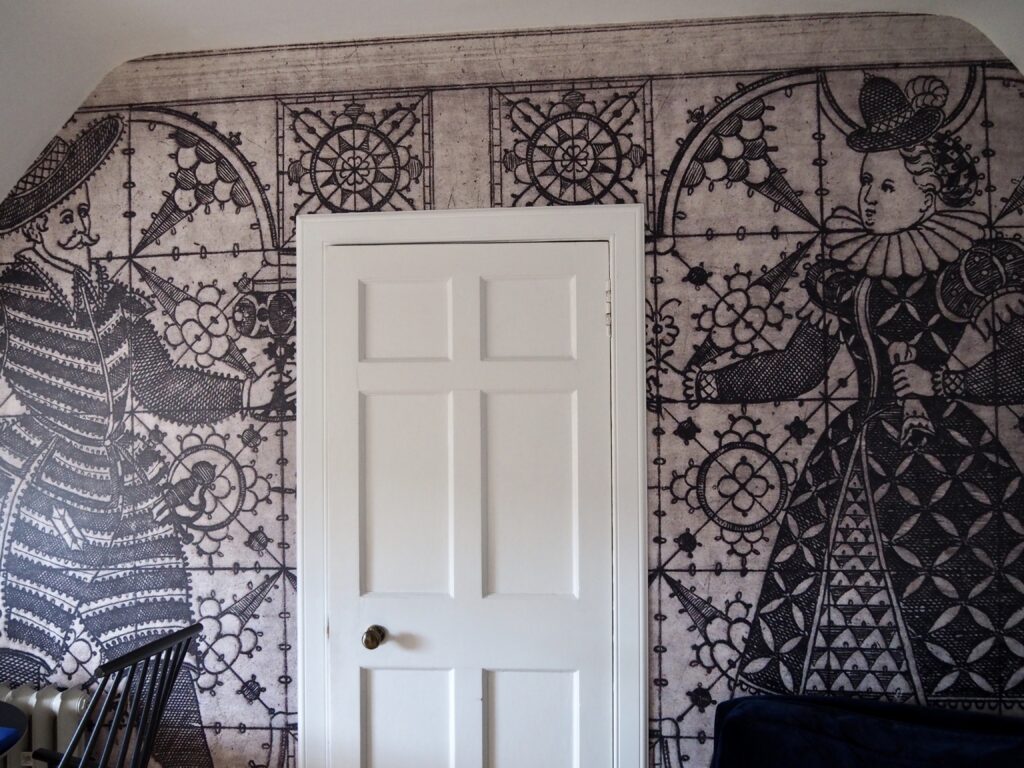
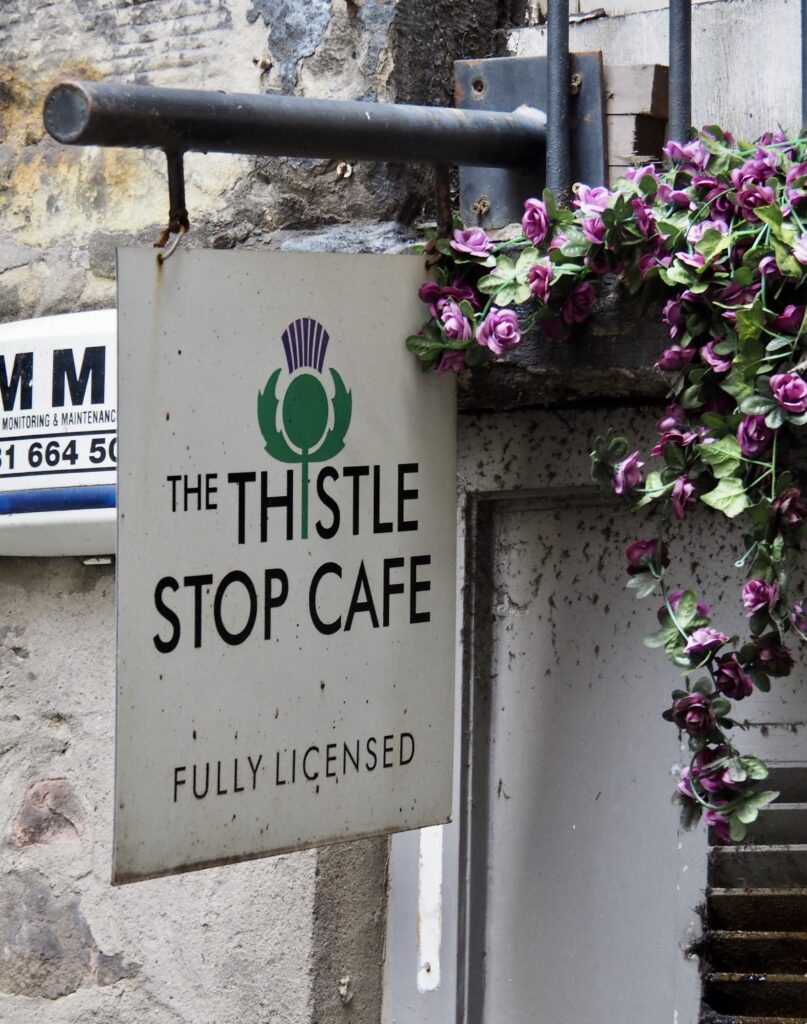
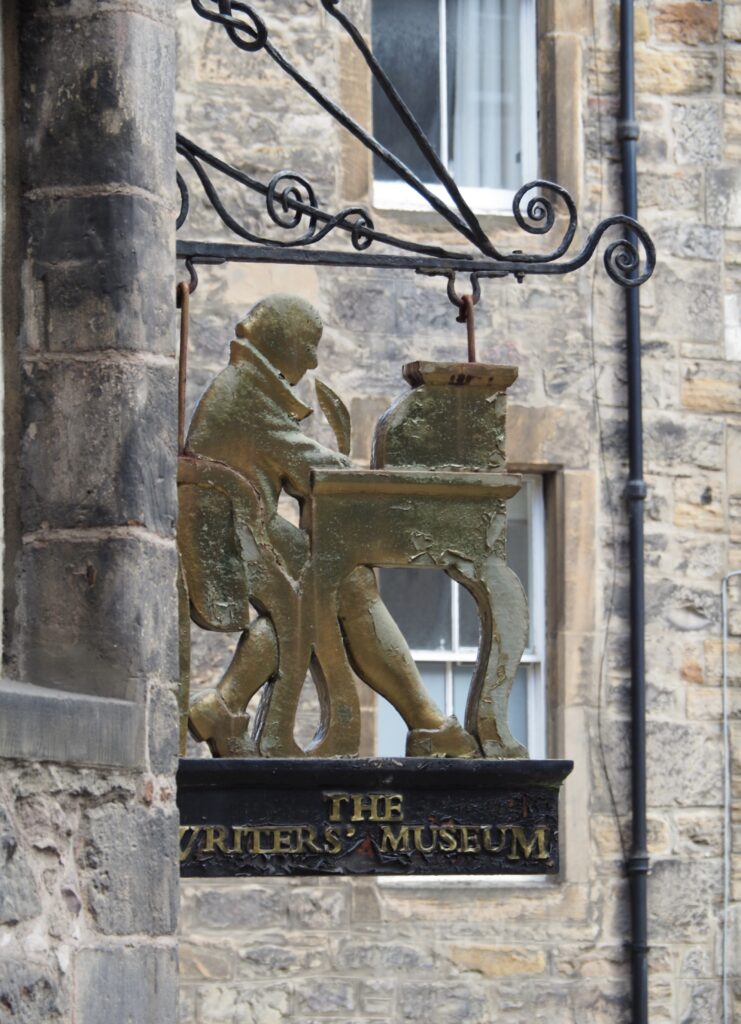
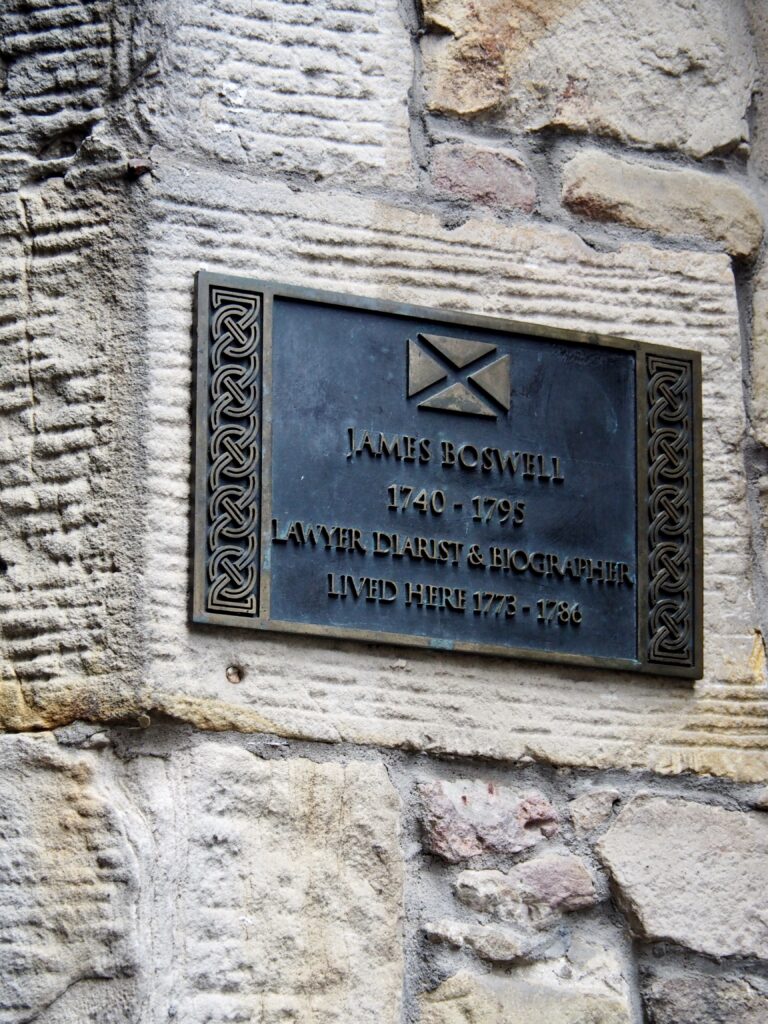
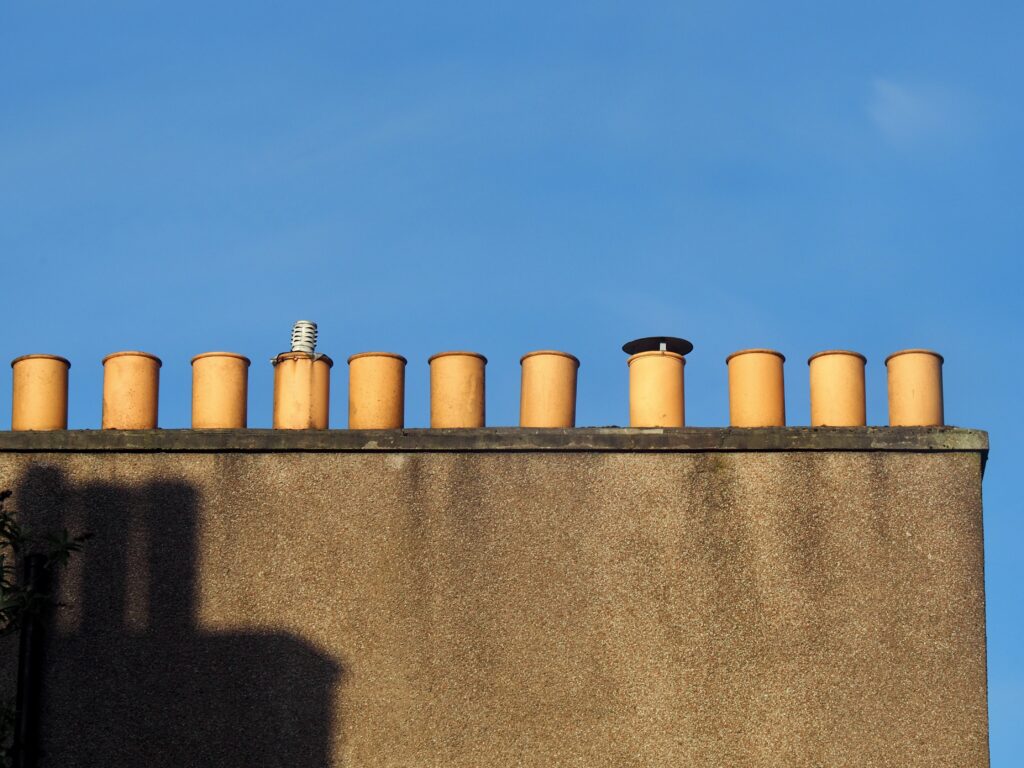
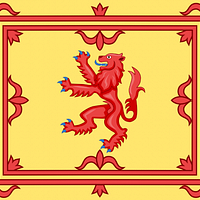
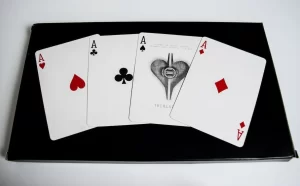


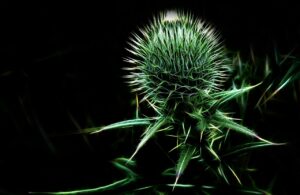
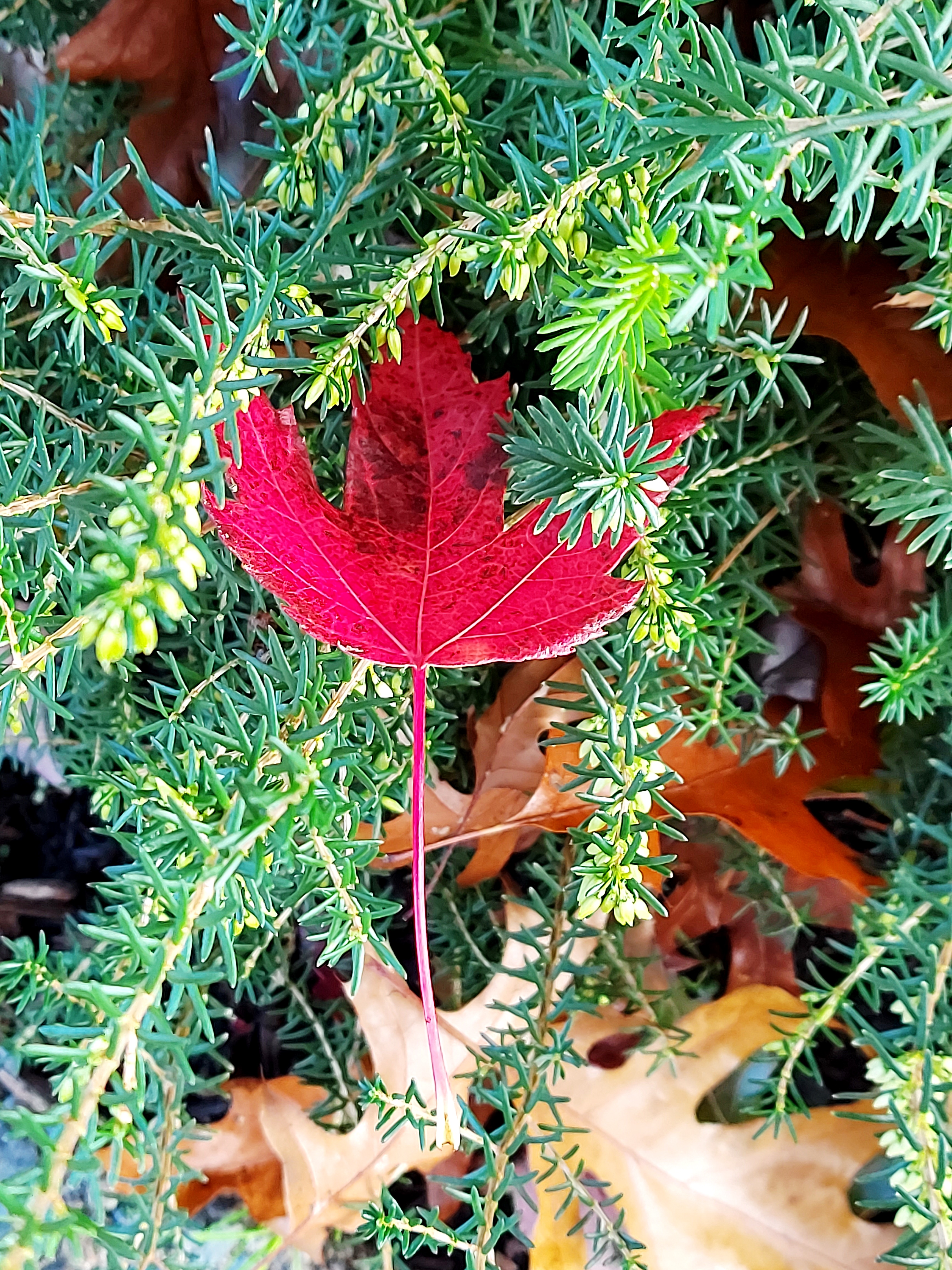


Recent Comments